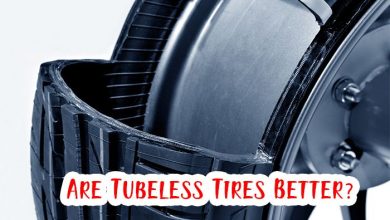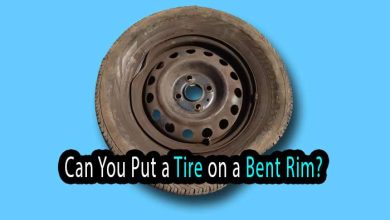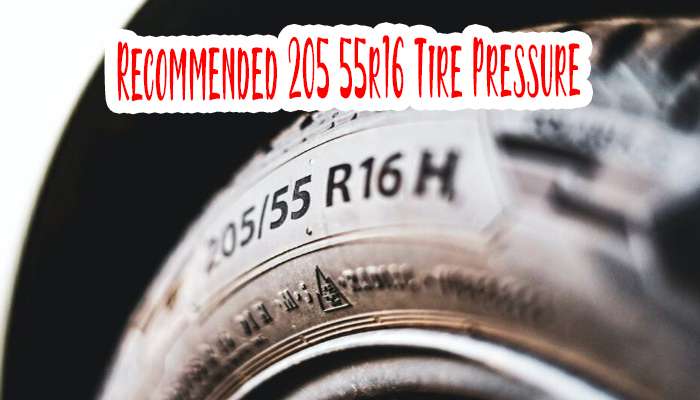Do I Need to Replace Tires at 4/32? Tire Expert Opinion
Hey there, fellow drivers! If you’ve found your way here, you’re probably pondering a question that has puzzled many car owners: “Do I need to replace tires at 4/32?”
Well, fasten your seatbelts because we’re about to dive into the depths (pun intended) of tire knowledge to help you make an informed decision about your tires. As a tire expert, I’m here to break it down for you in the most straightforward yet intriguing way possible.
Replacing your tires at or before they reach the 4/32 mark is recommended for safety and optimal performance.
The 4/32 Rule Explained
Let’s start with the basics. The 4/32 rule is all about tire tread depth. Tread depth is the measurement from the outermost part of your tire’s tread to the deepest groove.
The 4/32 rule dictates that it’s time to consider a replacement when your tire’s tread reaches 4/32 of an inch. But why, you ask? Read my recent post- Can New Tires Cause Vibration?

Tire tread is not just some fancy pattern to make your car look good; it’s crucial for your safety and vehicle’s performance. Adequate tread depth ensures proper traction, especially in challenging conditions. When your tires have shallow treads, they struggle to grip the road, leading to serious problems.
Safety and Performance Implications
Now, let’s understand why the 4/32 rule is more than just a random number. Safety is paramount when it comes to your tires. Shallow treads mean reduced traction, translating to longer braking distances, especially in wet or slippery conditions.
So, if you’re not a fan of close encounters with the car in front of you, keep an eye on that tread depth.
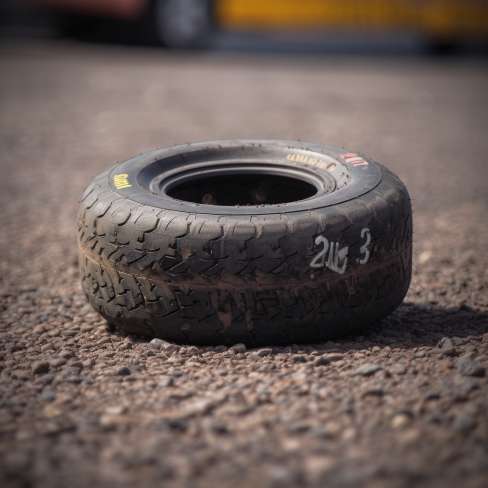
But it’s not just about stopping in time. Tires with proper tread depth offer better handling and stability. They help prevent hydroplaning when your tires lose contact with the road due to water buildup. Nobody wants to feel like they’re surfing in their car, right?
Do I Need to Replace Tires at 4/32?
Do I Need to Replace Tires at 4/32? Whether or not you need to replace your tires at 4/32 tread depth depends on a few factors, including:
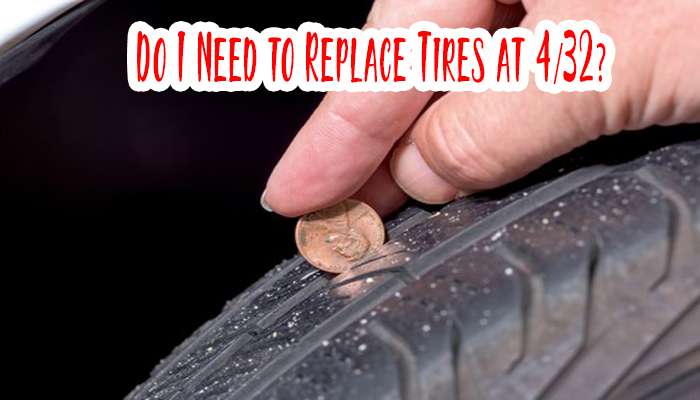
- Your driving conditions: If you live in an area with a lot of rain or snow, you may want to replace your tires sooner than if you live in a dry climate.
- Your driving habits: If you drive aggressively or frequently brake hard, your tires will wear down more quickly.
- The type of tires you have: Some tires are designed to last longer than others.
In general, it is recommended to replace your tires when the tread depth reaches 4/32 of an inch. However, if you have 4/32 tread depth and drive in wet or snowy conditions, you may want to consider replacing your tires sooner.
Inspecting your tires regularly for signs of wear and tear, such as cracks, bulges, or uneven wear, is also important.
Read Also: Can I Put Snow Tires On Front Only?
What Happens if You Ignore the 4/32 Rule?
You’re taking a risk if you ignore the 4/32 rule and continue driving on tires with insufficient tread. Here’s what can happen:
- Reduced Traction: Your vehicle’s grip on the road will decrease, making it harder to stop or steer in emergency situations.
- Increased Hydroplaning Risk: Rain and wet roads will become more dangerous as your tires struggle to displace water, leading to hydroplaning.
- Longer Stopping Distances: Your braking distance will increase, making it more difficult to avoid collisions.
- Uneven Tire Wear: Tires with uneven wear can lead to imbalanced handling and may require more frequent alignments and rotations.
- Potential Legal Issues: Ignoring the 4/32 rule could also result in legal consequences if caught driving with unsafe tires.
Legal Requirements and Regulations of Tire Tread Depth
Besides safety and performance, there are legal aspects to consider. Various places have specific regulations about tire tread depth. So, in addition to the 4/32 rule, it’s essential to know your local laws.
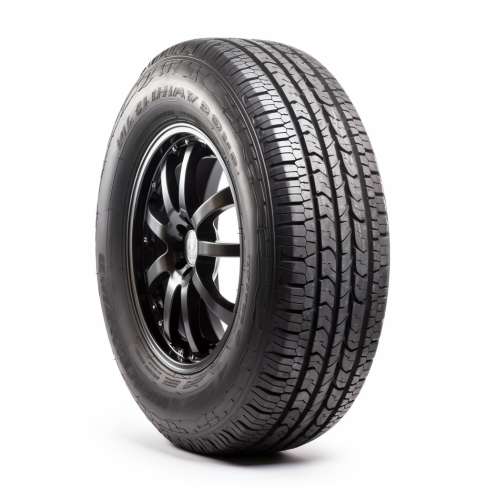
Driving with tires below the legal tread depth can result in fines and penalties. Plus, it’s just not a great idea for your safety. Monitor local regulations to ensure you’re on the right side of the law and your tire treads.
Also Read: How Much Does Mavis Charge For Tire Installation?
How to Measure Tire Tread Depth?
Now, let’s talk about checking your tire tread depth. It’s an easy process that you can do at home with minimal tools. All you need is a penny. Yes, a penny!

- Grab a penny and hold it so Lincoln’s head faces down.
- Insert the top of Lincoln’s head into the tire’s tread groove.
- If you can see all of Lincoln’s head, your tread depth is less than 2/32 inches, which is dangerously low.
- If the tread covers part of Lincoln’s head, you’re above the 2/32 threshold. But remember, the 4/32 rule is a safer bet.
Using the penny method, you can quickly determine whether it’s time to shop for new tires.
Frequently Asked Questions
What is the minimum tread depth required by law?
The minimum tread depth required by law varies by location, but it’s usually around 2/32 of an inch. However, as discussed, the 4/32 rule is a safer guideline for maintaining optimal safety and performance.
Can I replace only one tire at a time?
Ideally, it’s best to replace all four tires simultaneously for uniform performance. However, if you’re on a tight budget, you can replace just one tire if it’s damaged or worn beyond the safe limit. Just ensure it’s the same brand and model as the other three tires on your vehicle.
Is it safe to drive on wet or icy roads with 4/32 tread?
While driving with 4/32 tread in many places is legal, it’s not the safest choice, especially in adverse weather conditions. If you can, replace your tires before they reach this point to ensure you have the best traction and safety on wet or icy roads.
Should I replace my tires at 4/32 or 3/32?
Opting for replacement at 4/32 is safer, as it allows you to maintain better traction and safety. Waiting until 3/32 may compromise your safety, especially in adverse conditions.
How long will 5/32 tread last?
The lifespan of tires with 5/32 tread largely depends on your driving habits and road conditions. On average, they can last between 30,000 and 50,000 miles. However, regular maintenance and careful driving can extend their life.
Conclusion
So, do you need to replace the tires at 4/32? The answer, my friends, is a resounding “It’s highly recommended.” Your tires are your vehicle’s shoes and play a critical role in your safety and driving experience.
Following the 4/32 rule, checking your tread depth, and keeping an eye on local regulations are all steps towards ensuring a smooth and safe journey on the road.
Reference Link
Check out this helpful resource for more detailed information on tire safety and tread depth.
Glossary
- Tread Depth: The measurement from the outermost part of a tire’s tread to the deepest groove.
- Hydroplaning: When a vehicle loses contact with the road due to water buildup, leading to loss of control.
- Penny Method: A penny is a simple measure of tire tread depth.
